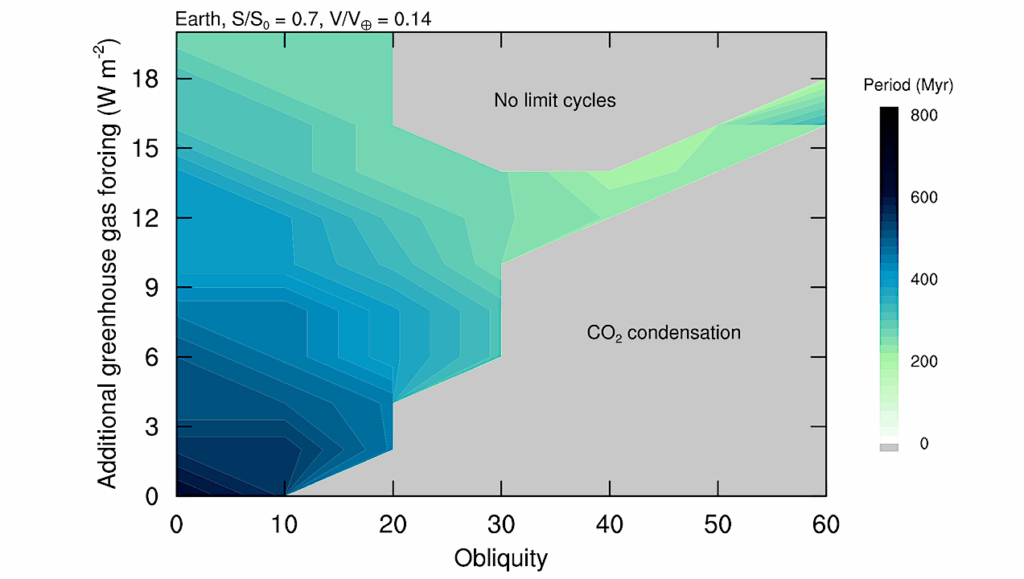Stability of 20 Biogenic Amino Acids in Concentrated Sulfuric Acid: Implications for the Habitability of Venus’ Clouds

Scientists have long speculated about the potential habitability of Venus, not at the 700K surface, but in the cloud layers located at 48-60 km altitudes, where temperatures match those found on Earth’s surface.
However, the prevailing belief has been that Venus’ clouds cannot support life due to the cloud chemical composition of concentrated sulfuric acid-a highly aggressive solvent. In this work, we study 20 biogenic amino acids at the range of Venus’ cloud sulfuric acid concentrations (81% and 98% w/w, the rest water) and temperatures.
We find 19 of the biogenic amino acids we tested are either unreactive (13 in 98% w/w and 12 in 81% w/w) or chemically modified in the side chain only, after four weeks. Our major finding, therefore, is that the amino acid backbone remains intact in concentrated sulfuric acid.
These findings significantly broaden the range of biologically relevant molecules that could be components of a biochemistry based on a concentrated sulfuric acid solvent.

Comparison of the 1D 13C NMR spectra of 20 biogenic amino acids after 12-18h (black), 5-8 days (grey), and after four weeks (blue) of incubation in 98% D2SO4/2% D2O (by weight). Thirteen amino acids (arginine, histidine, lysine, aspartic acid, glutamic acid, asparagine, glutamine, glycine, proline, alanine, isoleucine, leucine, valine) remain stable and unchanged for four weeks in 98% w/w D2SO4, as shown by the virtually identical peaks in the four week spectra and the 12-18h spectra. A comparison with NMR peaks for each compound in acidic D2O (dashed lines; Li et al., 2020; Saito et al., 2006) further confirms the structural integrity of the amino acids and additionally shows that the overall molecular structure is not affected by the concentrated sulfuric acid solvent. The side chains of amino acids methionine, cysteine, serine, threonine, phenylalanine, tyrosine and tryptophan undergo rapid chemical modification, as shown by emergence of additional NMR spectral peaks. For this set, with the exception of tryptophan, the amino acid backbone is intact, as illustrated by the unchanged NMR spectral peaks belonging to the α-carbon and the carboxylic group. Note that tryptophan intensities in sulfuric acid are multiplied by 6 so the peaks are visible at the scale of the figure. SDBS is the Spectral Database for Organic Compounds (Saito et al., 2006). See the SI for more detailed NMR figures for each molecule. — astro-ph.EP
Maxwell D. Seager, Sara Seager, William Bains, Janusz J. Petkowski
Comments: Published in Astrobiology (in press)
Subjects: Earth and Planetary Astrophysics (astro-ph.EP); Chemical Physics (physics.chem-ph)
Cite as: arXiv:2401.01441 [astro-ph.EP] (or arXiv:2401.01441v1 [astro-ph.EP] for this version)
Submission history
From: Janusz Petkowski
[v1] Tue, 2 Jan 2024 21:40:06 UTC (2,496 KB)
https://arxiv.org/abs/2401.01441
Astrobiology








